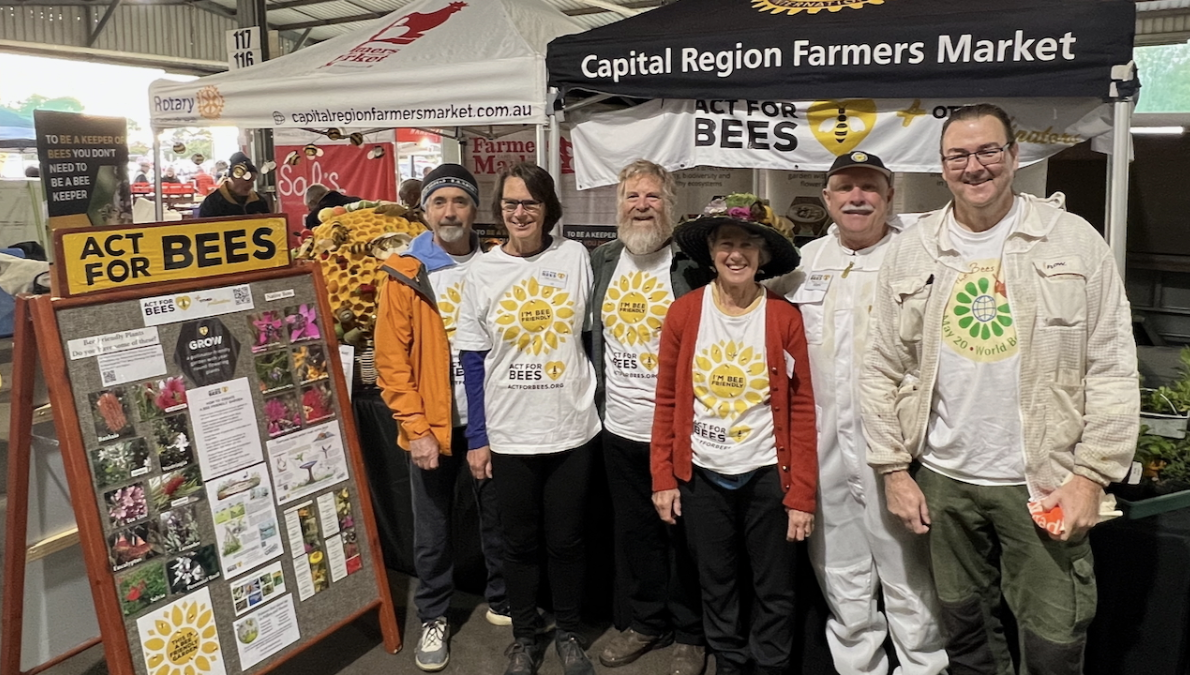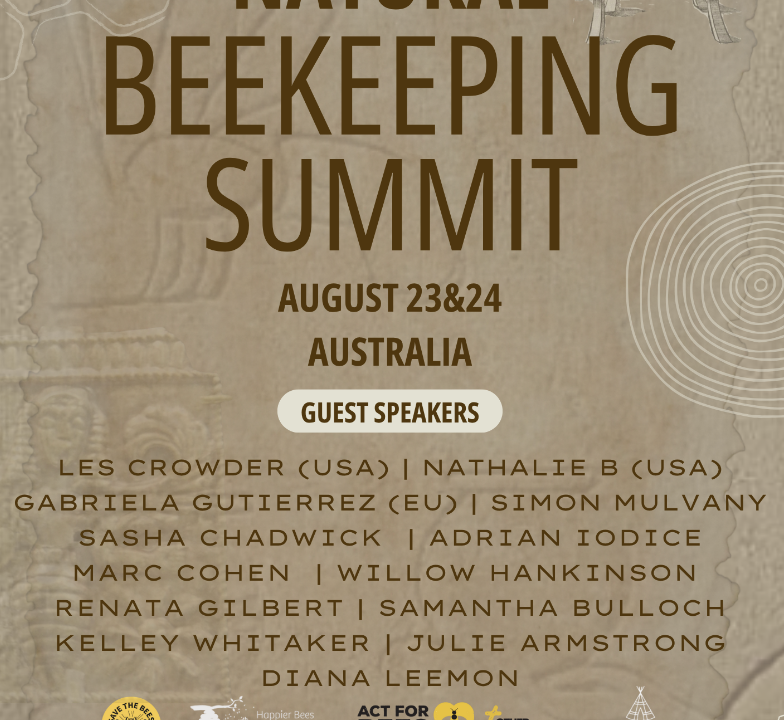
Treatment Free Beekeeping: August workshops
August 22, 2025Buzzing Through Winter: Beekeeping Summit, Varroa News & Ginninderry Blooms
Buzzing for Biodiversity at Ginninderry
Something wonderful is taking root in the Ginninderry development at MacNamara, — pollinator corridors designed to keep native bees and other pollinators thriving year-round. Working with Redbox Designs and with support from the ACT Government, Ginninderry is planting a series of 200m x 200m grids of flowering plants to ensure nectar and pollen are available in every season.
Why this grid pattern? Native bees typically forage within a range of 200–400 metres, so these carefully planned plantings mean there’s always food close to home. The corridors will provide a vital lifeline for pollinators, connecting habitat pockets and boosting biodiversity across the area.
It’s not just about food — nesting spaces are also part of the plan. Bee hotels are being placed at strategic points throughout the development to give species like Leafcutter, Resin, and other solitary native bees safe spots to lay their eggs.
We’ve been proud to collaborate with Ginninderry on pollinator corridors since 2015, and seeing them come to life is a real milestone for our shared vision.
You can be part of the buzz too! Join us at the Ginninderry Inspire Festival on Saturday 6th September to create your own adorable native bee from Banksia cones, or book into our Native Bee Hotel Workshop to learn how to support these tiny garden heroes at home.
Let’s keep the buzz alive — for our bees, for our gardens, and for a thriving environment.
Learn more about what you can plant by visiting our GROW page on our website with planting resources for Australia wide.
Please also sign the petition to reduce mowing and increase food and habitat for pollinators an dbiodiversity
World Bee Day 2025 – Bee inspired by nature to nourish us all.
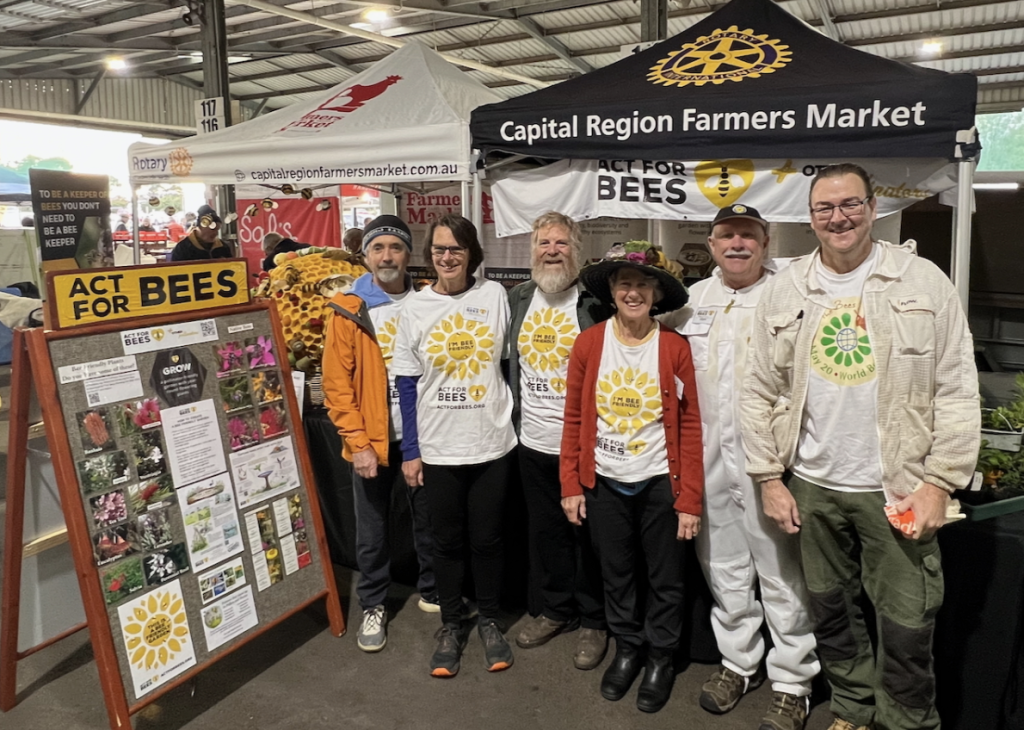
ACT for Bees + fantastic te
ACT for Bees + Other Pollinators team Jon, Liz, Charlie, Julie, Mark and Cormac at the Capital Region Farmers Market
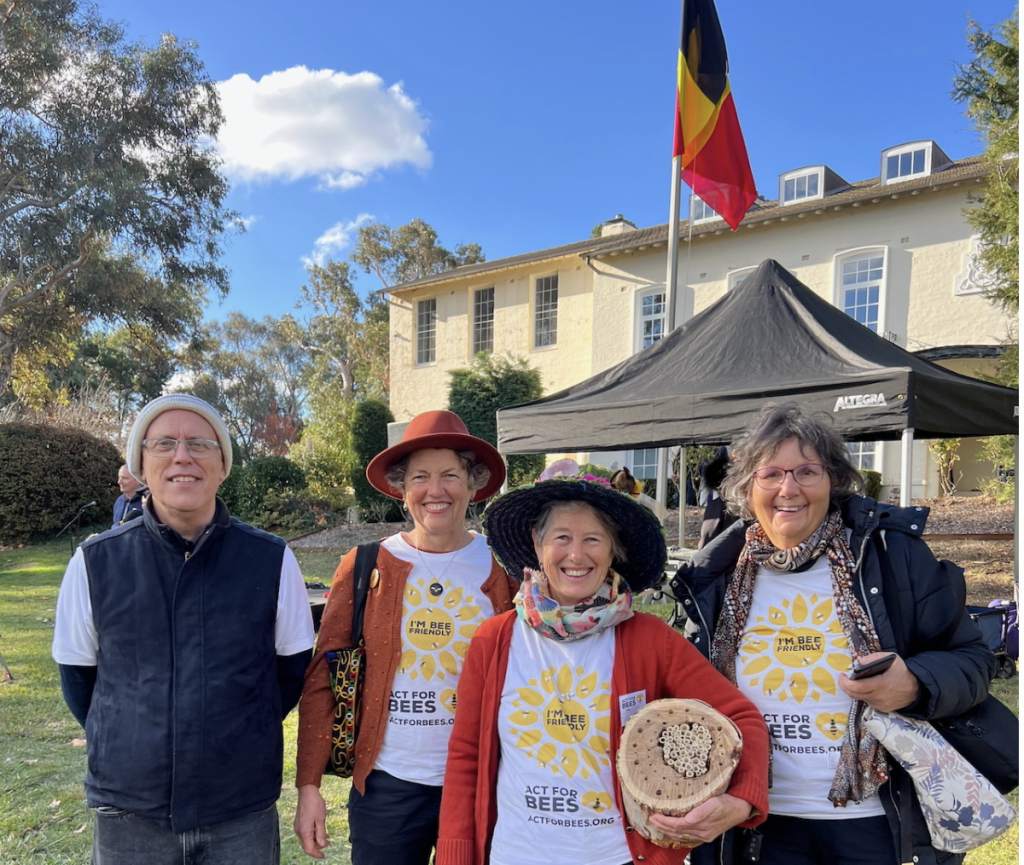
More ACT for Bees + team members Matt, Lynne, Julie and Didi at the Belgian Embassy .beFAIR with the beautifully crafted bee hotel made by Clancy Lester the bee man!
Deadly Bee Parasite Detected in ACT
CANBERRA, ACT – June 10, 2025
The destructive Varroa mite has been detected in the Australian Capital Territory, marking another alarming milestone in the ongoing collapse of honeybee populations that threatens the foundation of our food system.
The size of a red sesame seed, the varroa mite joins a growing list of threats decimating bee colonies across Australia, including climate change, agricultural chemicals, monoculture farming, deforestation, land clearing, and various diseases and pests. If you like to eat, you should be concerned about what’s happening to our bees. The connection between bees and food security is more direct than most people realise.
The Pollination Connection
Food production depends entirely on pollination, which occurs through two primary methods. Wind pollination supports grass-based crops like cereals and corn, while insect pollination—primarily by bees—enables the production of fruits, nuts, and vegetables. Together form the backbone of our diet.
Without adequate pollination, food production simply stops. The vanilla bean industry illustrates this perfectly: vanilla remains expensive precisely because it requires hand-pollination by workers. When vanilla plants were relocated to new countries, growers forgot to bring the original pollinating insects, forcing costly manual pollination that drives up prices.
The most important thing bees do for us is pollinate our crops to create the food we all enjoy. Remove the bees, and you remove a third of everything on your dinner plate.
Varroa Mite: A Devastating Parasite
Varroa mites function as parasites that feed on young bees in their cells while introducing many different viruses to these bees. This combination of being fed on and a viral infection can devastate entire hives within months.
Beekeepers have developed several treatment approaches to combat the mites:
Chemical treatments include hard synthetic pesticides that remain effective for around three years before mites develop resistance, forcing beekeepers to switch to increasingly toxic alternatives. Softer chemical approaches using essential oils have a minor impact on mite populations.
Mechanical methods involve temporarily stopping queen egg-laying. Without developing pupae, mites cannot reproduce, breaking their lifecycle.
Thermal treatment raises brood chamber temperatures from the normal 36 degrees to 43 degrees for three hours, killing all mites while leaving the bees unharmed.
Hygienic queen breeding represents the most promising long-term solution. Nurse bees possess genetics that enable them to detect mites in cells containing young bees, removing both the larvae and parasites from the hive, thereby preventing mite reproduction. However, developing these genetic lines requires significant time and resources.
Local Action Needed
The detection of Varroa mites in the ACT has prompted calls for community action to protect local bee populations and food security.
For more information on varroa and the new ACT Biosecurity Beekeeping Regulation 2025 please follow the hyperlink.
Save the Dates!
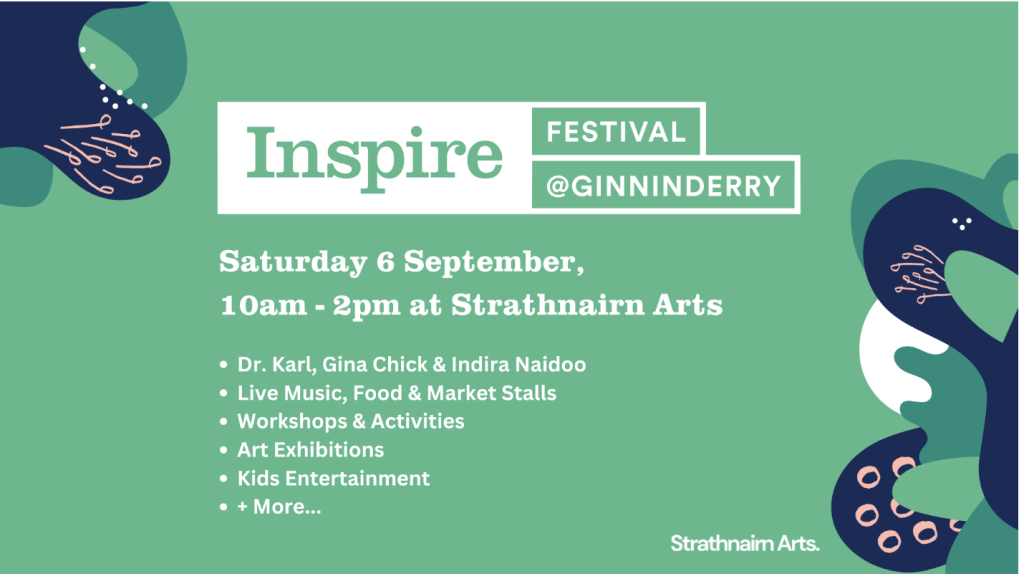
Join us this Spring for Ginninderry’s Inspire Festival – a free, all-ages event filled with creativity, connection and community spirit.
- Be inspired by talks from guests including Dr. Karl, Gina Chick, and Indira Naidoo
- Enjoy live music, face painting, and hands-on workshops for all ages
- Delicious food and locally made products with food vans and markets
- Explore Strathnairn Arts open studios and art exhibitions
Whether you’re passionate about sustainability, love getting creative, or just want a fun day out with the family, Inspire Festival has something for everyone.
Book for the Bee Hotel workshop HERE
Book for the festival HERE
CANBERRA: Natural Beekeeping evening with experts Les Crowder, Nathalie B & Adrian Iodice
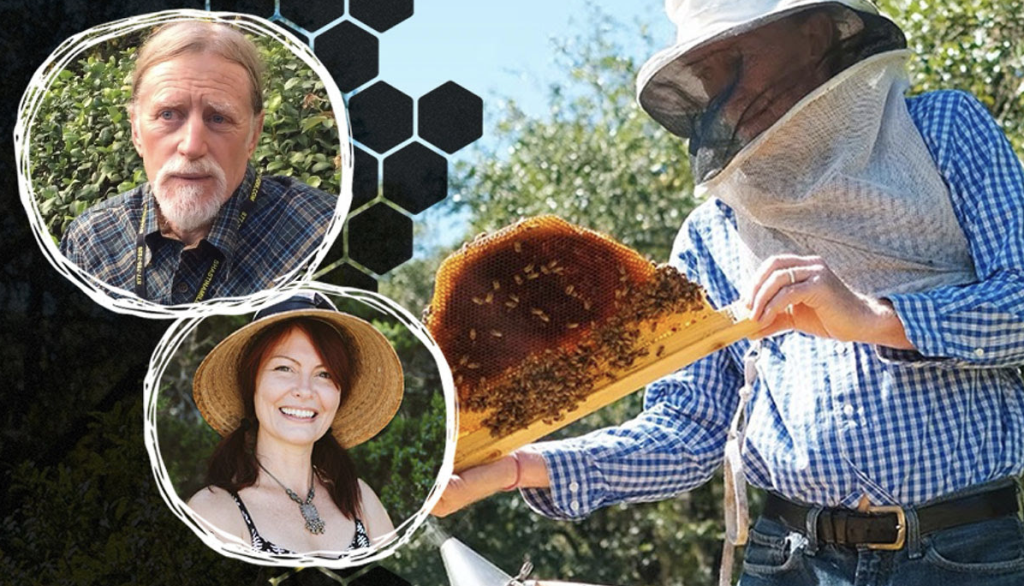
Wednesday 20 August 2025 7:00 – 9:00pm
An Evening of Beekeeping Stories and Solutions
Two of the world’s most experienced natural beekeepers join Adrian Iodice, for an informal evening of practical wisdom, success stories, and honest answers to your beekeeping questions.
This highly anticipated series of events will bring together Les Crowder, a pioneer of top-bar beekeeping and organic practices, with Nathalie B, a Texas Master Beekeeper and founder of Bee Mindful. Both are renowned for their expertise in sustainable, natural beekeeping, as well as their work with horizontal hives.
Join all three influential beekeepers, for a unique opportunity to deepen your understanding of honeybee health and learn innovative, chemical-free methods. Whether you’re a seasoned beekeeper or just starting, discover practices that put the bees first, fostering thriving colonies through minimal interference and respect for their natural instincts. BOOK HERE
Natural Beekeeping Summit
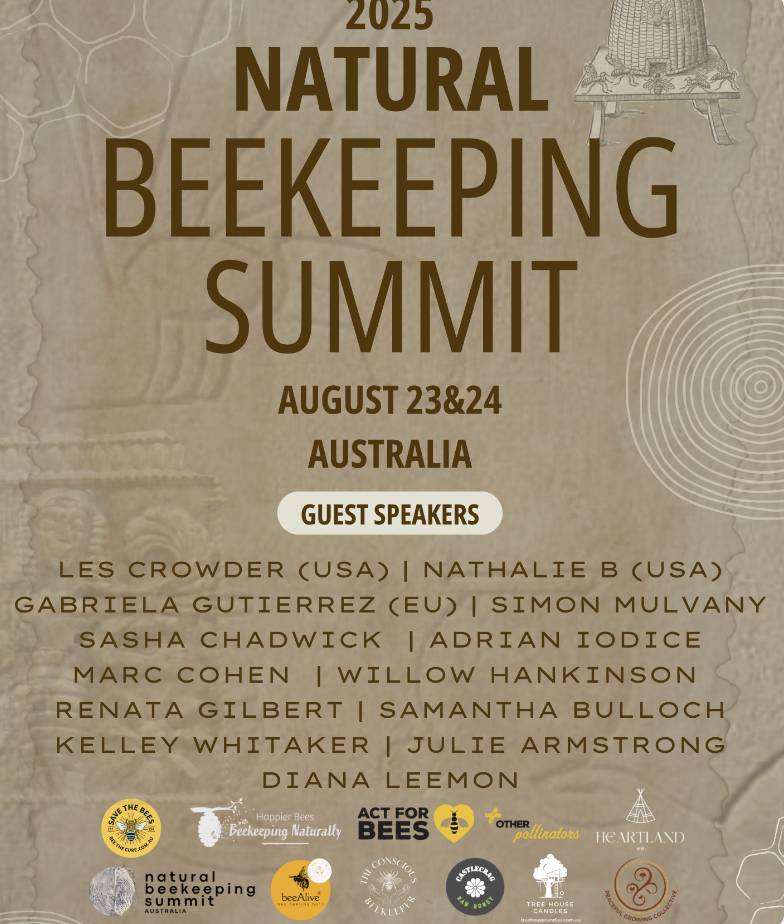
Register HERE
ACT for Bees + Other Pollinators at Floriade
Thursday 2nd October 11:30 AM to 12:15pm Tulip Stage
“From Hive to Habitat: How to Keep Bees & Feed Them Too”
Beekeeper Mark Paterson shares practical insights into caring for honeybees and native bees, including hive basics, planting for pollinators, and creating thriving habitats. Discover how your garden can support bee health, biodiversity, and pollination. A talk for gardeners, bee-lovers, and anyone wanting to help our buzzing friends thrive.
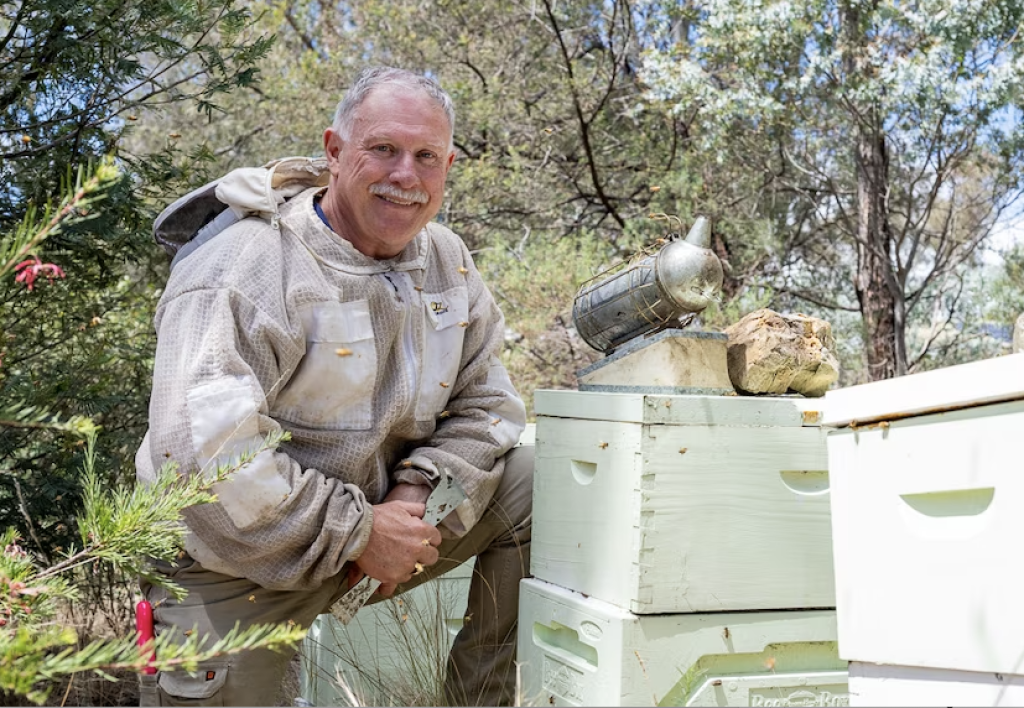
12.30pm-2pm Be a bee and pollinate the apple tree
Children’s activity ‘Floriade Sprouts’ – Children have fun dressing up with wings and antennae and carefully pollinating the apple tree blossoms, experiencing how apples are created with the help of the bees.
Tue 7 Oct 2025 11:30 AM to 12:15 Tulip Stage
“Native Bee Magic: Discovering & Supporting Our Local Species”
Join Beekeeper Dr Charlie Blumer for a fascinating dive into the world of Australian native bees. Learn how to identify common species, understand their vital role in ecosystems, and discover simple ways to support them in your garden. A celebration of the beauty, diversity, and magic of our local pollinators.

A few interesting links….
Native bees
Most bees nest in the ground. Offering rocks and gravel is a simple way to help them thrive
We can create good nesting habitats for the small native bee Lasioglossum (Homalictus) dotatumi which is widespread in Australia, but not yet confirmed in the ACT, although other Lasioglossum species have been observed here. Research finds that these little bees like nesting under gravel and most of us can find a spot for a pot of gravel in our garden somewhere that will be left undisturbed.
Australian sugarbag honey from stingless bees found to have antimicrobial properties
Another article points to the possible beneficial benefits of stingless native bees (Tetragonula and Austroplebeia) in treating bacterial and fungal infections. Apparently, the large number of microbial compounds in the honey of stingless bees shows great promise in the treatment of infections. First Nations’ medicine has been using honey of course to treat infections for thousands of years.
A few interesting books……

In this book, renowned nature writer Robert Macfarlane, asks whether a river is a living being. The book is divided into three parts: the cloud forest in Ecuador where the rivers are threatened with destruction from gold mining; the degraded waterways in southern India; and Canada, where the fight is on to prevent the damming of a river in Quebec. This is an important book and as with all of Macfarlane’s work, beautifully written. It’s been billed as Macfarlane’s most personal and most political book to date.
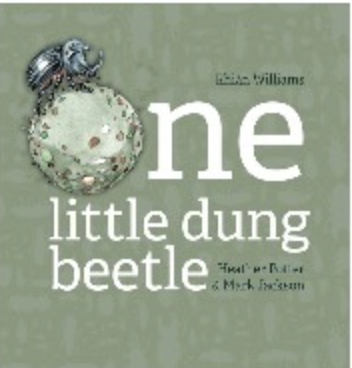
This book for younger readers by Rhian Williams showcases all sorts of Australian insects and creepy crawlies. It’s beautifully illustrated by Heather Potter and Mark Jackson.

